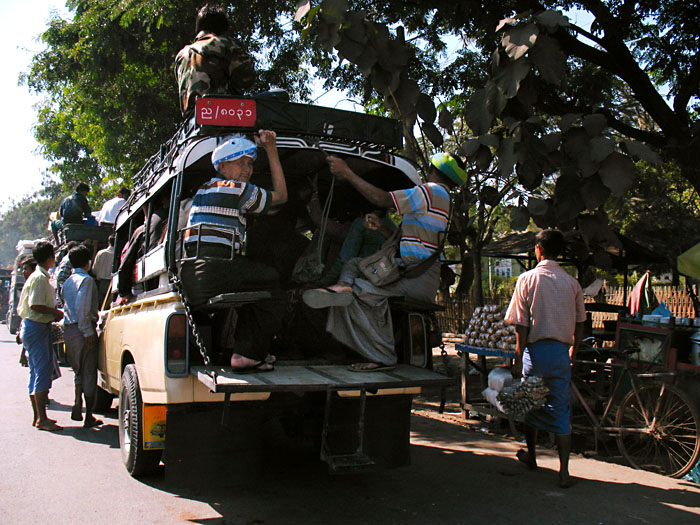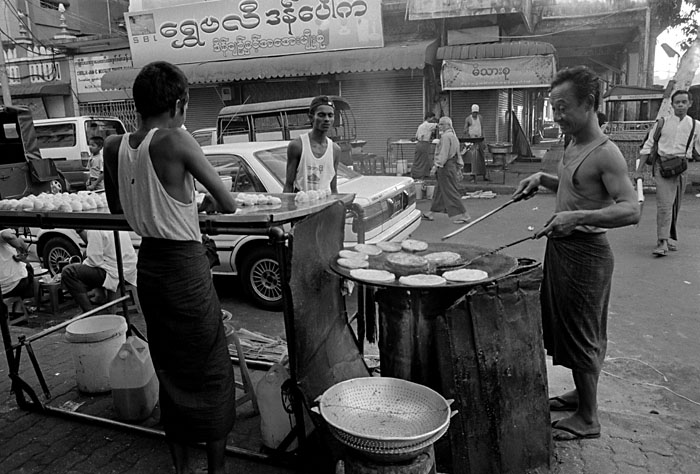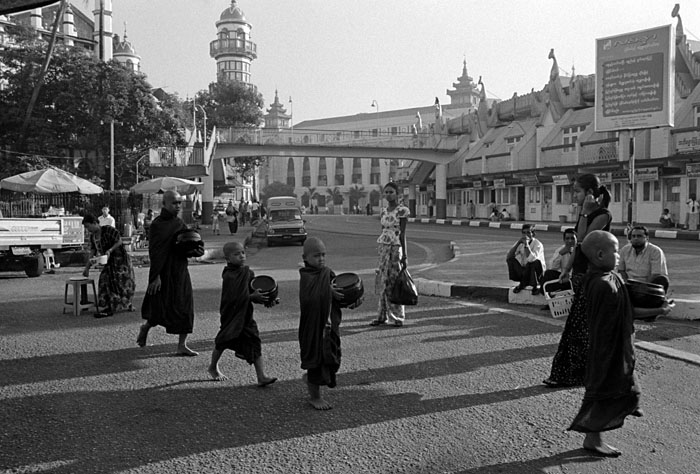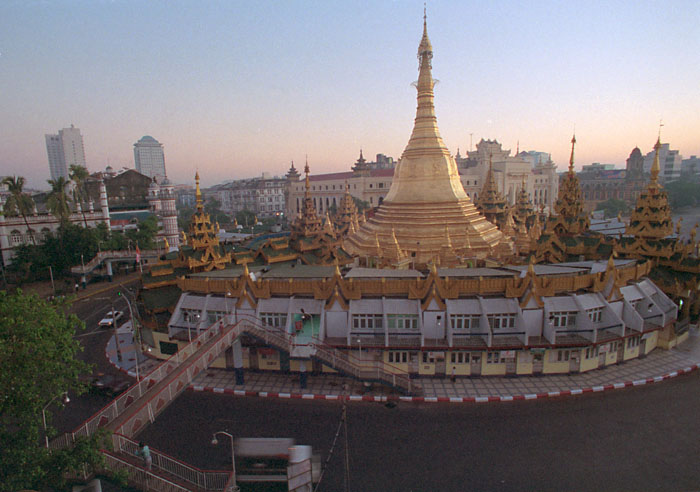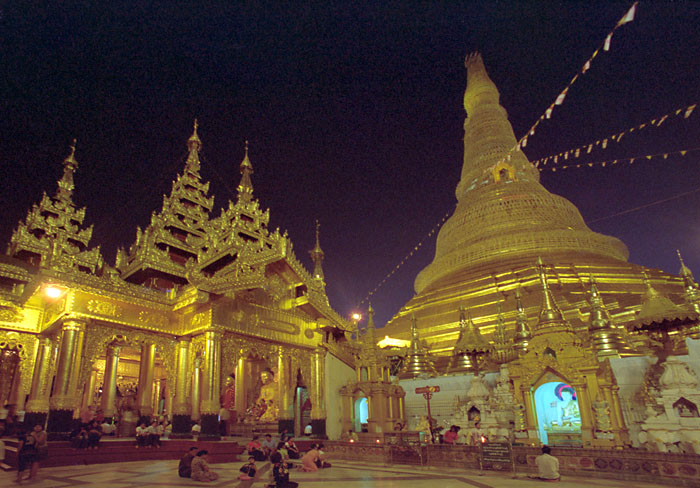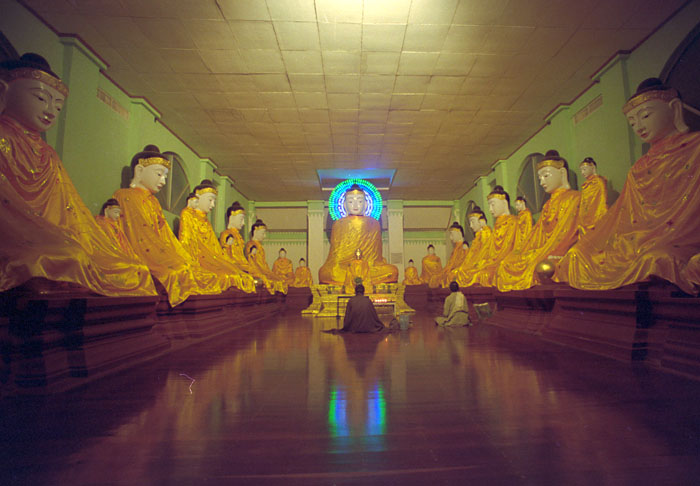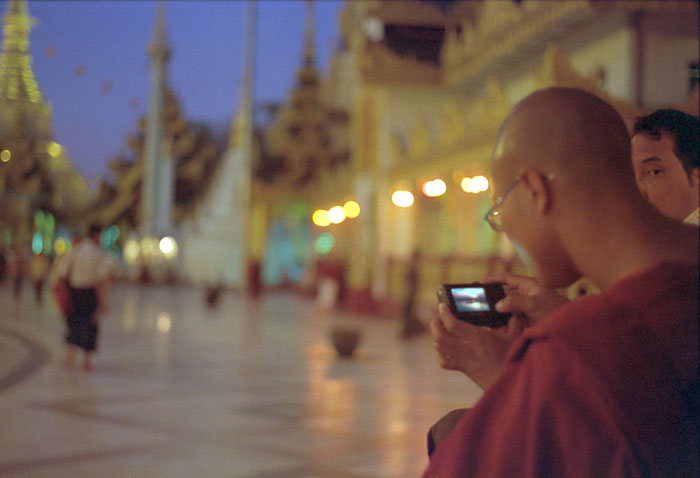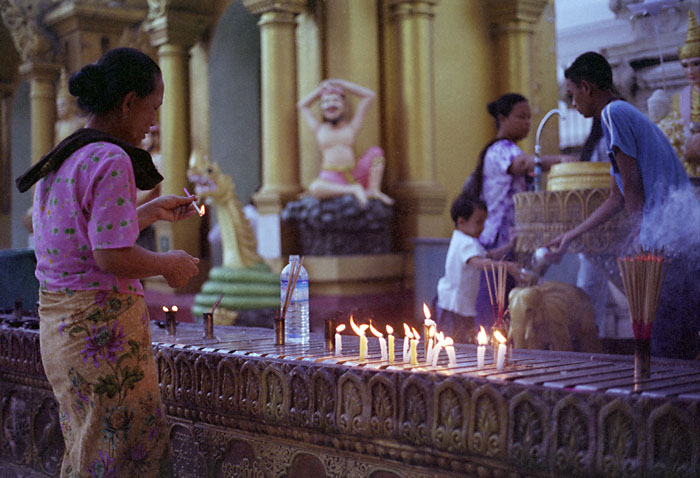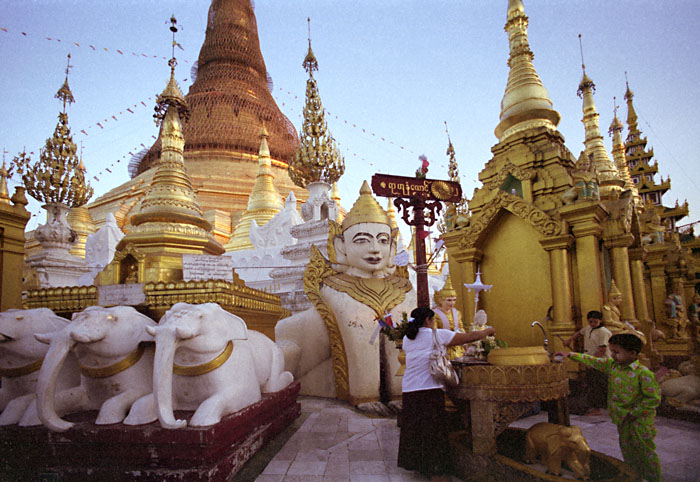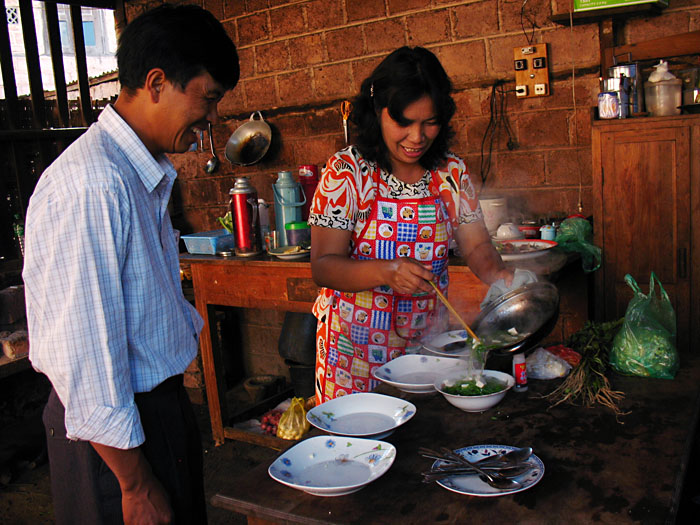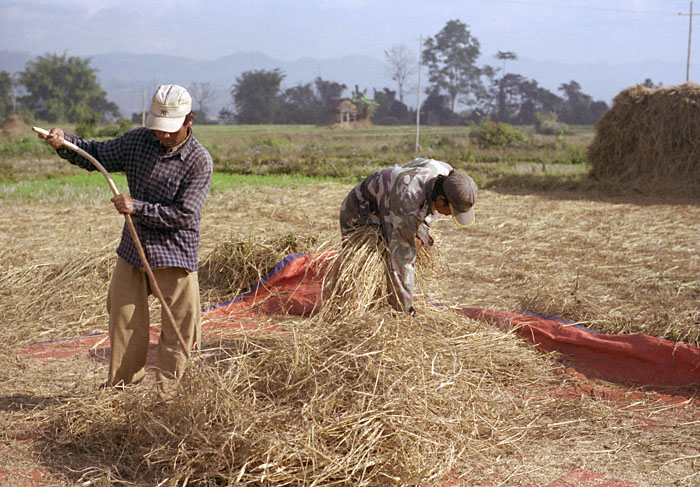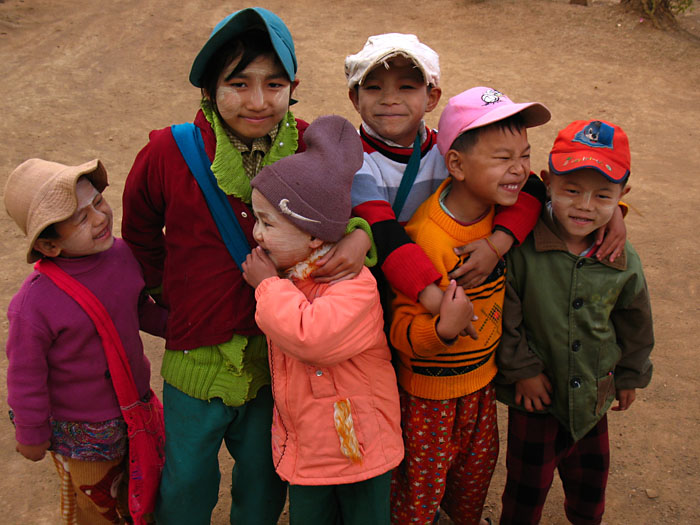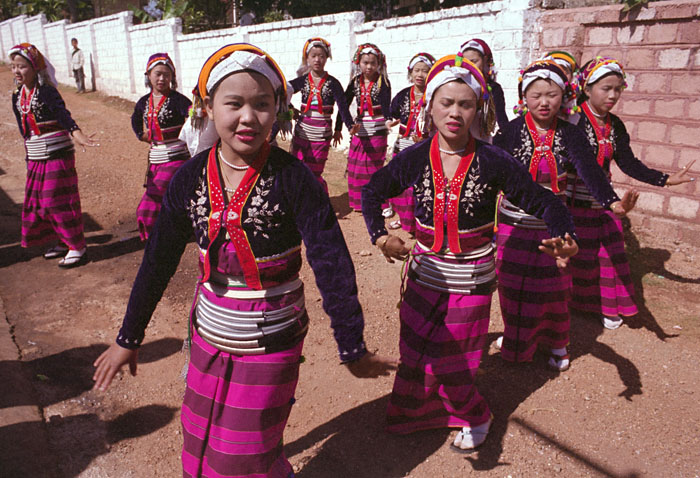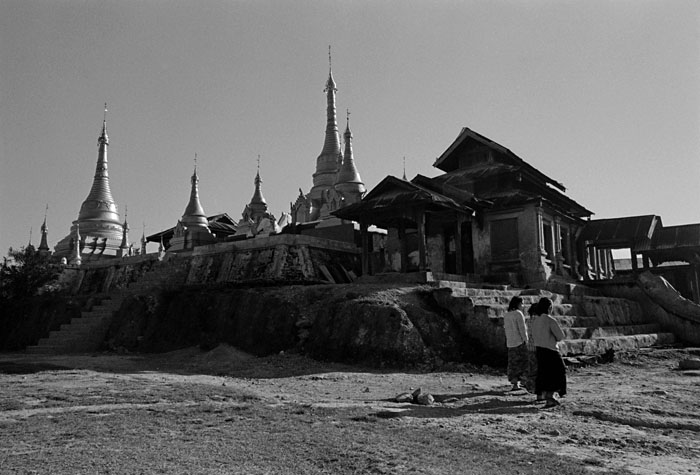Boat to Mrauk U | Sittwe, Myanmar

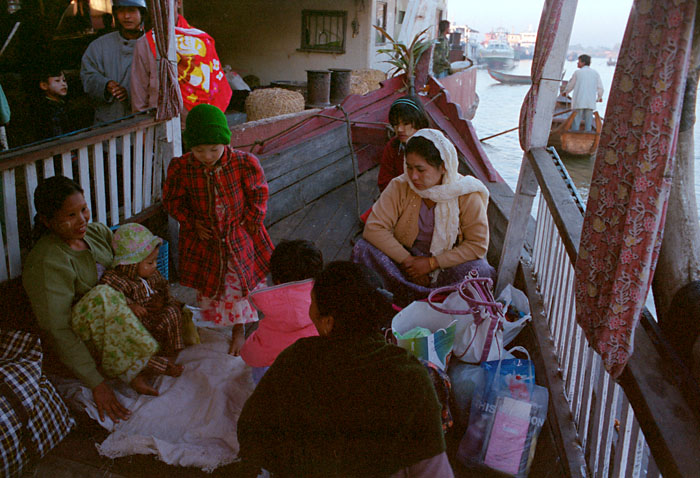
Olympus OM-2n | Kodak Portra 400NC
This boat is called the Moe Cherry, owned by a pretty assy guy. This is the low-budget option for the private boat ride (available on days the government boat doesn't run). Some private boats might take only tourists, with the standard rate being $15, although I met some tourists who bargained hard to get it for $12. I bargained even harder with this guy to get it for $10, although he also tried to charge the other tourist double while filling the boat with a full crew of locals who were probably paying just a few thousand kyat.
We didn't have much interaction; maybe we would have if I'd been alone but it was easier to just converse with the other tourist.
